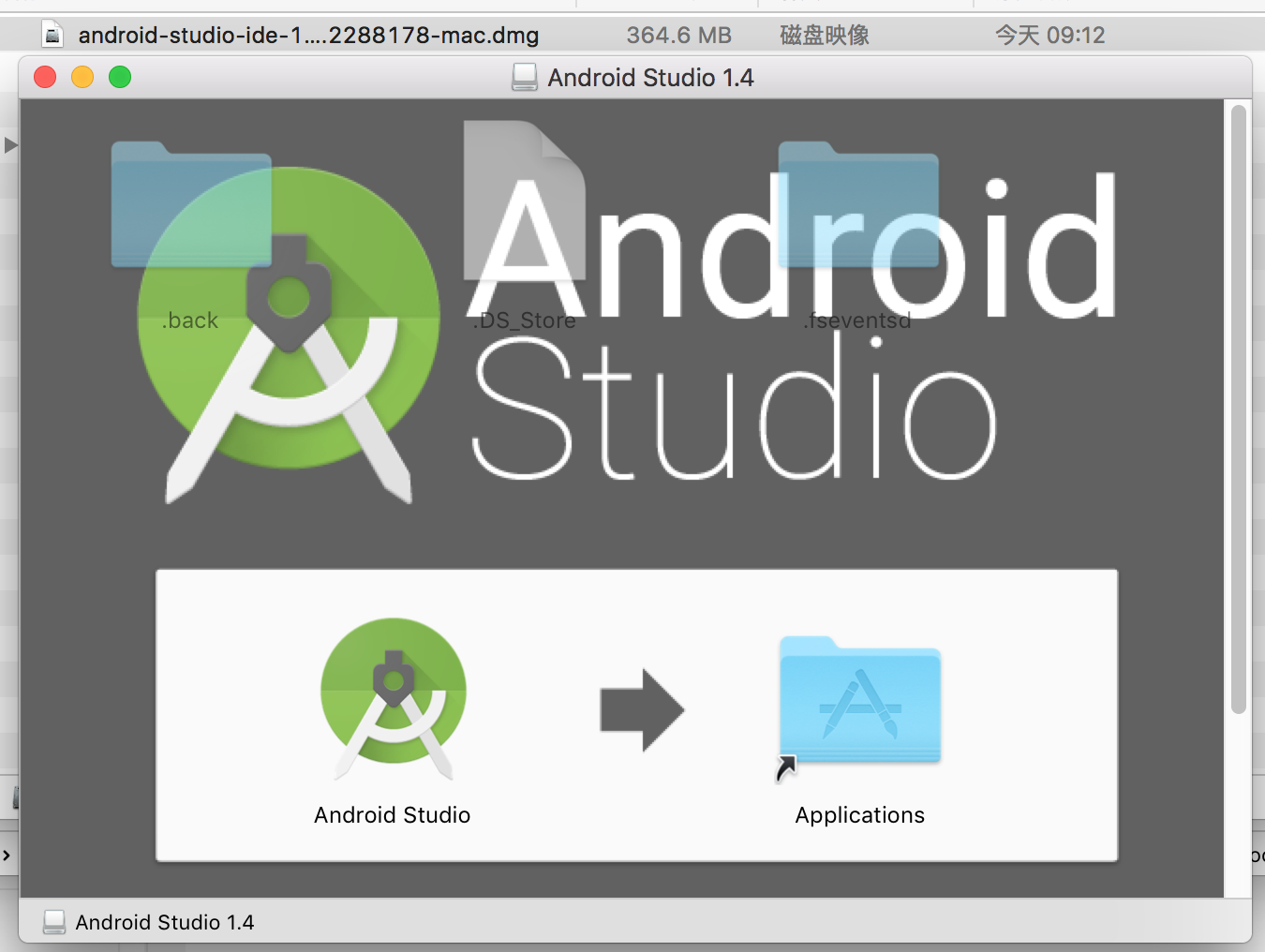
The Android SDK (software development kit), which comes with the Android Studio package, does not include everything you need to start developing Android apps. The SDK itself is a utility used to separate your tools, platforms and components into packages by using the Android SDK Manager. The Android Studio is an Android app development software designed to create modern applications and games for mobile devices in the Java environment. If you are a Mac user and are creating programs for Android, you might find this article helpful.
- To install Android Studio and the Android SDK on MAC OS,…go to the webpage at https://developer.android.com/…click the develop link, and then click the link…to get the latest version of Android Studio.…As of the date of this recording in October 2016,…the latest version was Android Studio 2.2.1.…Click the big link on this page to download…the installation package to your computer.…I've already downloaded the package to my desktop,…and it's a DMG file.…

I'll double-click to open it up,…and then to start the installation,…just drag Android Studio to the Applications directory.…It'll take a few moments for the…application package to be copied over.…Then, you can double-click the Applications directory,…and locate your copy of Android Studio.…If you already had a copy of…Android Studio installed in this directory,…you might be prompted to replace it.…It is possible to have two versions of Android Studio…side by side, you would just need to rename…the original file before you copy over the new one.…
Android Studio For Mac 10.7.5

Android Studio For Mac Simple App
I'll double-click to start up…
Android Studio For Mac Os X 10.6.8
Technical docs > Configuring Android Studio: IDE & VM Options, JDK, etc > Mac OSX JDK Selection
|